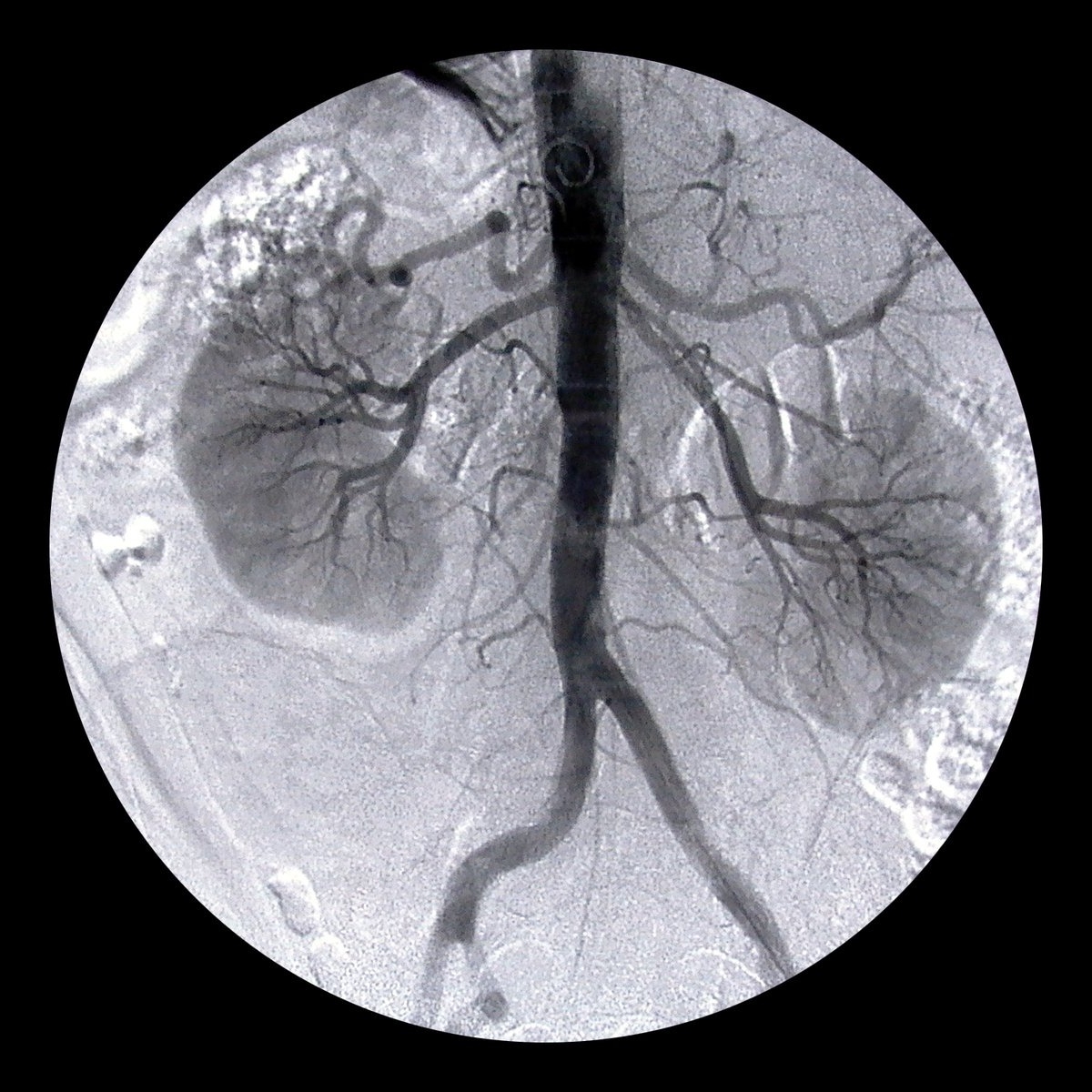What are the Complications of Endovascular Aneurysm Repair?
What are the complications of endovascular aneurysm repair?
When your blood vessels aren't healthy, your overall well-being is put into jeopardy. In fact, many vein and artery conditions can lead to life-threatening complications, such as an aortic aneurysm. The good news is that there are steps you can take to protect the health of your veins and arteries as well as treat them when they aren't strong. Here's what you should know about the complications and treatment of endovascular aneurysm repair.
What Requires Endovascular Aneurysm Repair?
Sometimes, a blood vessel can bulge out, dilate, or balloon as a result of a weak area of its wall in what is known as an aortic aneurysm. When this occurs, the aneurysm gets bigger and stretches the walls of the artery out until it's too thin, making it impossible for the artery to stretch any further. As a result, the aneurysm could very well rupture and result in life-threatening bleeding, just as if a balloon that was filled with too much air is likely to pop.
Fortunately, there are methods to repair an aneurysm, depending on where it's located, how it's shaped, and the overall health of the patient. One of the most effective and minimally invasive approaches to resolving an aortic aneurysm is with a procedure known as endovascular aneurysm repair (EVAR). Your aorta is the largest artery in your body that is responsible for carrying blood from your heart to other parts of your body. If you experience an abdominal aortic aneurysm, EVAR could potentially save your life.
What Is Involved in the Repair?
Here's what you can expect during your EVAR procedure:
- You will be given general anesthesia to ensure that you are comfortable and pain-free, while a healthcare professional will closely monitor you until the procedure is complete.
- The surgeon will make a small incision in the region of your groin to access the artery, inserting a thin, flexible tube (catheter) into it.
- Next, the surgeon will use an X-ray to guide the tube to the location of the aneurysm.
- Then, a thin, metal mesh stent will travel through the tube to the exact location of the aneurysm. Once it is appropriately positioned, it will be opened and will stay in position so as to allow blood to flow through the graft while preventing the artery from experiencing more damage and thus preventing further growth of the aneurysm.
- Finally, the tube will be removed, and the incision will be closed.
You can expect your recovery time to take anywhere from 2 to 4 weeks after undergoing an EVAR, depending on your pre procedural condition. During this time, it's common to feel discomfort in the groin area for several days as well as a loss of appetite.
What Are the Potential Side Effects of the Repair?
While most EVAR procedures go smoothly with little to no side effects, there are risks to any treatment. Potential complications of an EVAR include:
- Bleeding at the insertion site
- A graft that moves or breaks
- Infection
- Reaction to anesthesia
- Blood that flows through the aneurysm location
- Reduced blood flow to legs, kidneys, or intestines
- Abdominal compartment syndrome
No one wants to hear that there may be a problem with the health of their arteries. If you do, however, it is important to remember that there are effective treatment options that can preserve vessel health and reduce your chances of experiencing serious or potentially fatal complications. If you are diagnosed with an aneurysm, the experienced team at the Vascular Institute of the Rockies is here to help guide you through your treatment journey from beginning to end. Contact us today to learn more about how endovascular aneurysm repair could benefit you.
